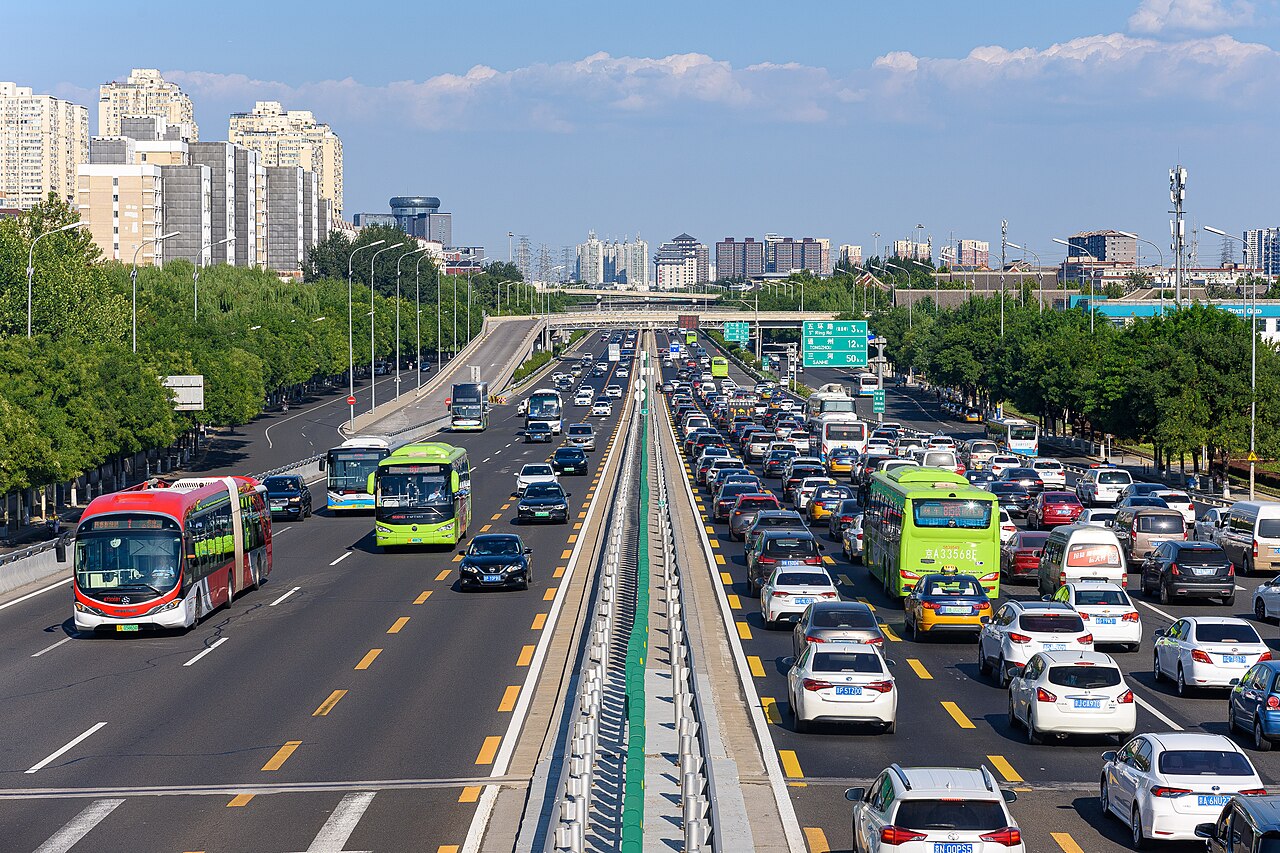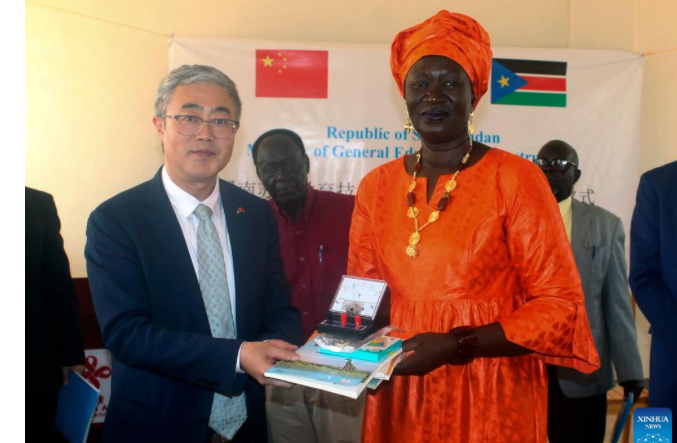Jingtong Express way east of Sihui- Chaoyang District Beijing: Source: Internet
As the world’s second-largest economy, China’s path toward high-quality development during the 14th Five-Year Plan period (2021–2025) is not only reshaping its domestic economy but also generating significant opportunities for global growth, cooperation, and sustainability. Unlike previous phases of rapid expansion driven mainly by low-cost manufacturing and exports, this new stage emphasizes innovation, green transformation, and openness — a direction that benefits not only China but also the broader international community.
High-quality development in China is innovation-driven. The country has made major strides in fields such as artificial intelligence, renewable energy, digital infrastructure, and biotechnology. Through initiatives like the Digital Silk Road, China is helping developing nations build 5G networks, e-commerce platforms, and smart city systems. This technological cooperation narrows the digital divide and empowers partner countries to accelerate their own modernization.
Moreover, China’s commitment to open innovation platforms invites global participation. Multinational companies and research institutions are increasingly partnering with Chinese counterparts in sectors like electric vehicles, semiconductors, and health technology. For instance, foreign firms working within China’s free trade zones benefit from policy incentives and access to the world’s largest consumer market, while sharing in China’s technological progress. Such collaboration fosters a two-way flow of knowledge, investment, and talent — driving global innovation ecosystems forward.
One of the most notable pillars of China’s high-quality development strategy is ecological sustainability. The country’s pledge to achieve carbon neutrality before 2060 has inspired a massive shift toward renewable energy, electric mobility, and green finance. As China scales up production of solar panels, wind turbines, and batteries, it drives down global costs for clean technologies, making them more accessible to developing countries.
China’s experience in large-scale renewable deployment, carbon trading, and pollution control provides valuable lessons for other nations seeking to balance growth with environmental protection. Through initiatives such as the Green Belt and Road, China is supporting low-carbon infrastructure projects — from hydropower in Southeast Asia to solar farms in Africa — enabling partner countries to achieve sustainable industrialization while reducing emissions.
China’s focus on high-quality development also means building more resilient and diversified supply chains. The country is deepening its integration with global markets through high-standard free trade agreements such as the Regional Comprehensive Economic Partnership (RCEP). These agreements lower barriers, simplify customs procedures, and create a more predictable environment for international business.
For developing economies, China’s import expansion and consumer market upgrades offer vast opportunities. As Chinese consumers increasingly demand high-end goods, services, and cultural products, foreign exporters gain access to a growing and sophisticated market. In parallel, China’s outbound investment supports industrial upgrading in Asia, Africa, and Latin America, bringing infrastructure, employment, and technology transfer.
China’s high-quality development vision is closely linked to the concept of a “community with a shared future for mankind.” It emphasizes inclusive growth and mutual benefit rather than zero-sum competition. Initiatives like the Belt and Road, the Global Development Initiative (GDI), and the Asian Infrastructure Investment Bank (AIIB) are channels through which China promotes connectivity, poverty reduction, and sustainable development worldwide.
For example, Chinese-built transport and digital infrastructure projects have improved regional integration, enhancing trade efficiency and social welfare. In health and agriculture, China shares expertise and resources to help countries strengthen food security and public health systems — contributions that have become increasingly vital in the post-pandemic era.
China’s high-quality development during the 14th Five-Year Plan period represents a transformation from quantity to quality, from resource dependence to innovation, and from national growth to global contribution. By advancing green technologies, deepening cooperation, and expanding openness, China is creating new engines of global growth and shared prosperity. In this sense, China’s development story is not one of isolation but of partnership — a process through which the fruits of progress are shared with the world.



